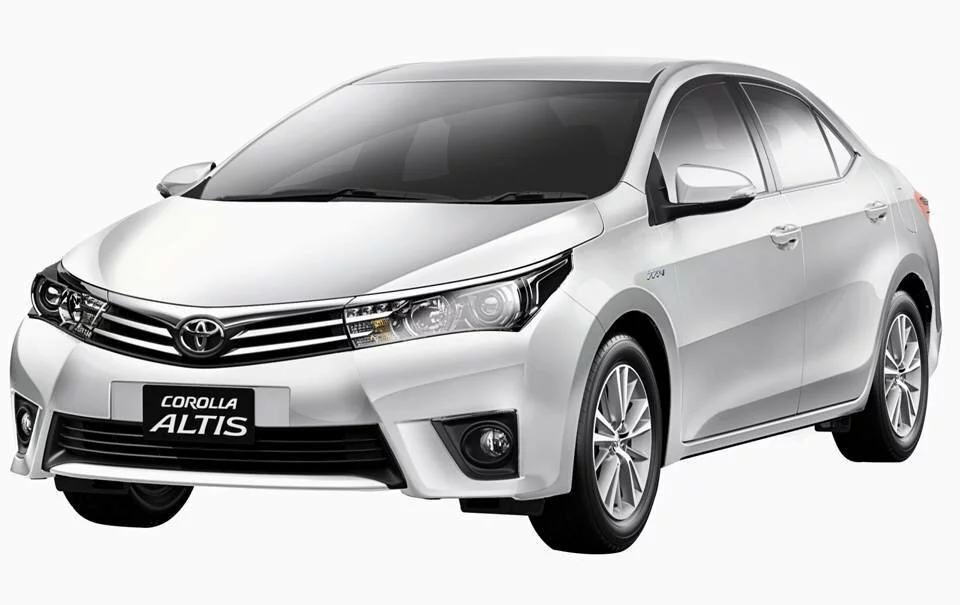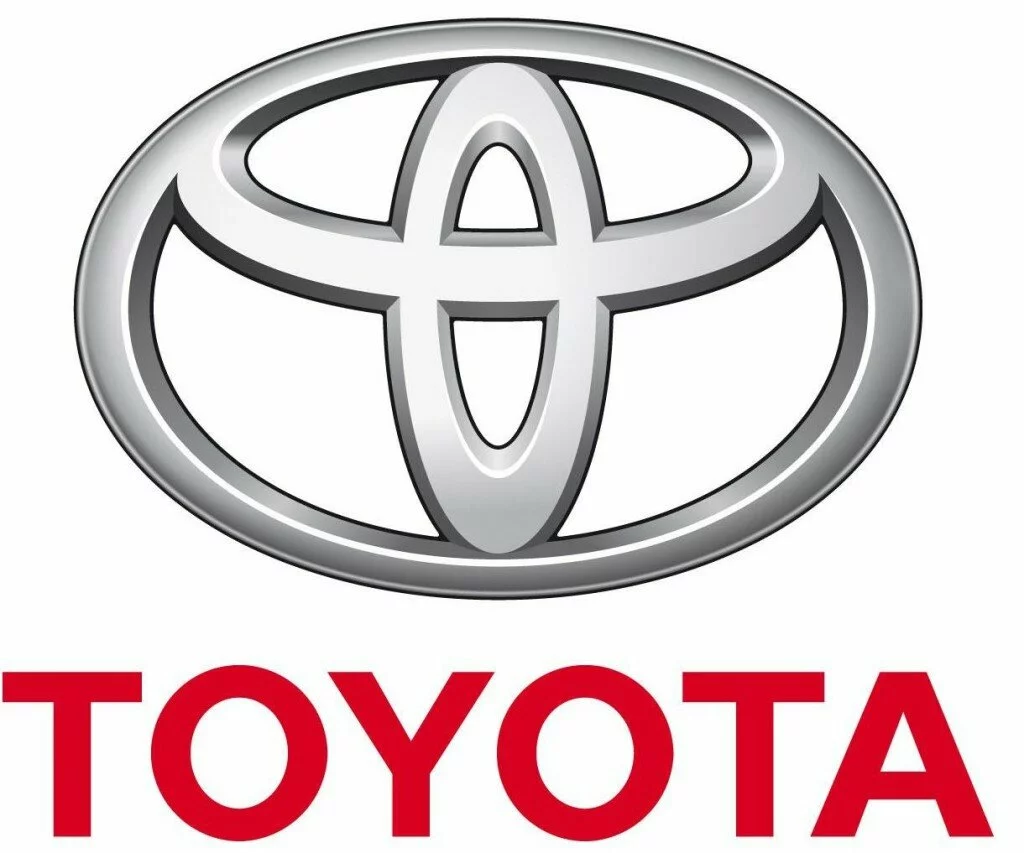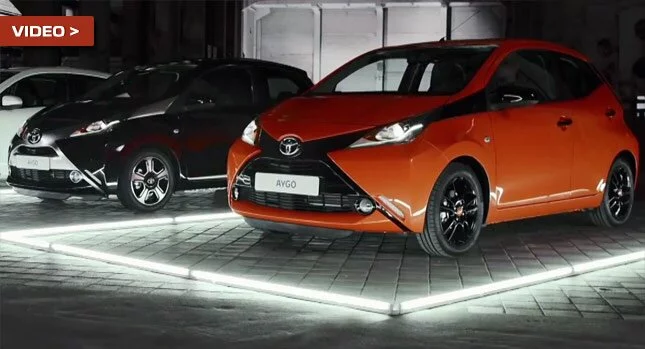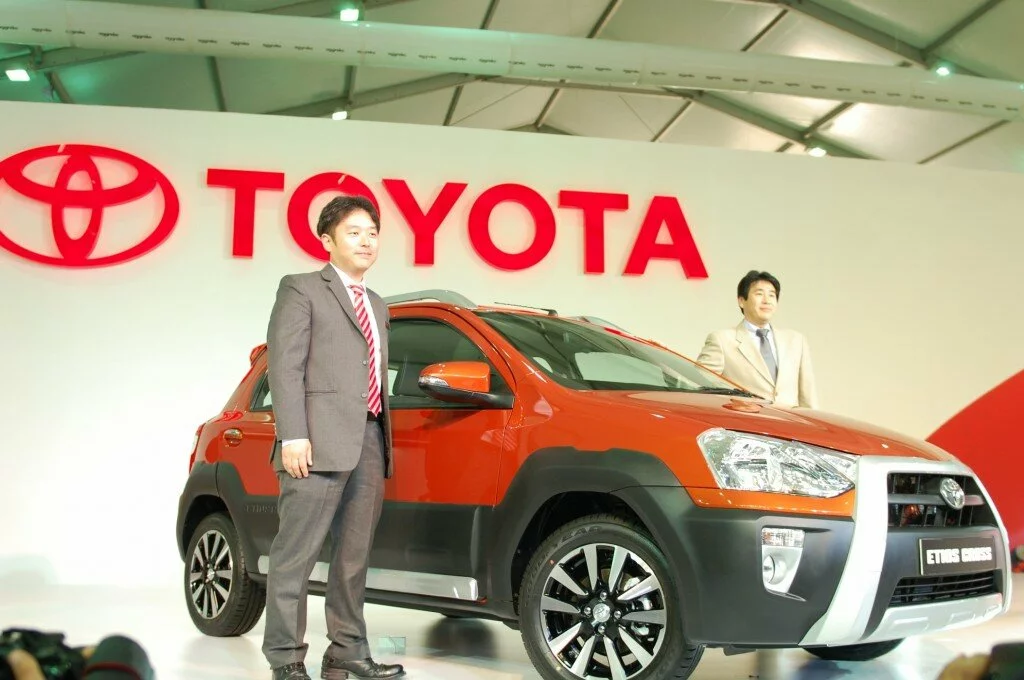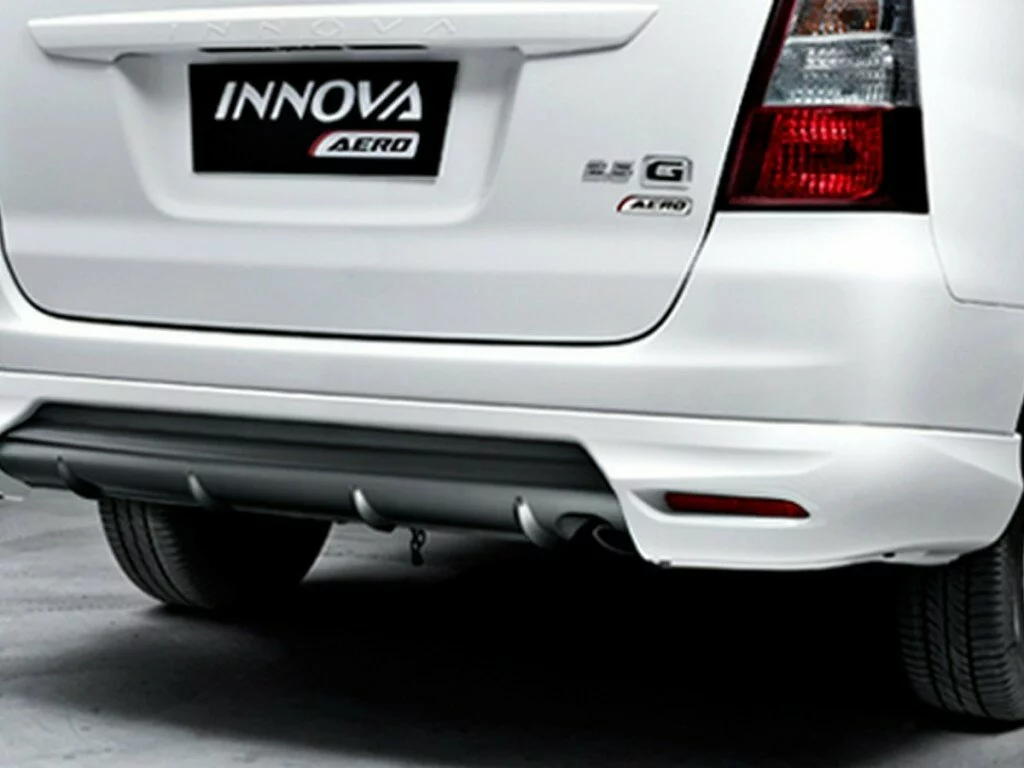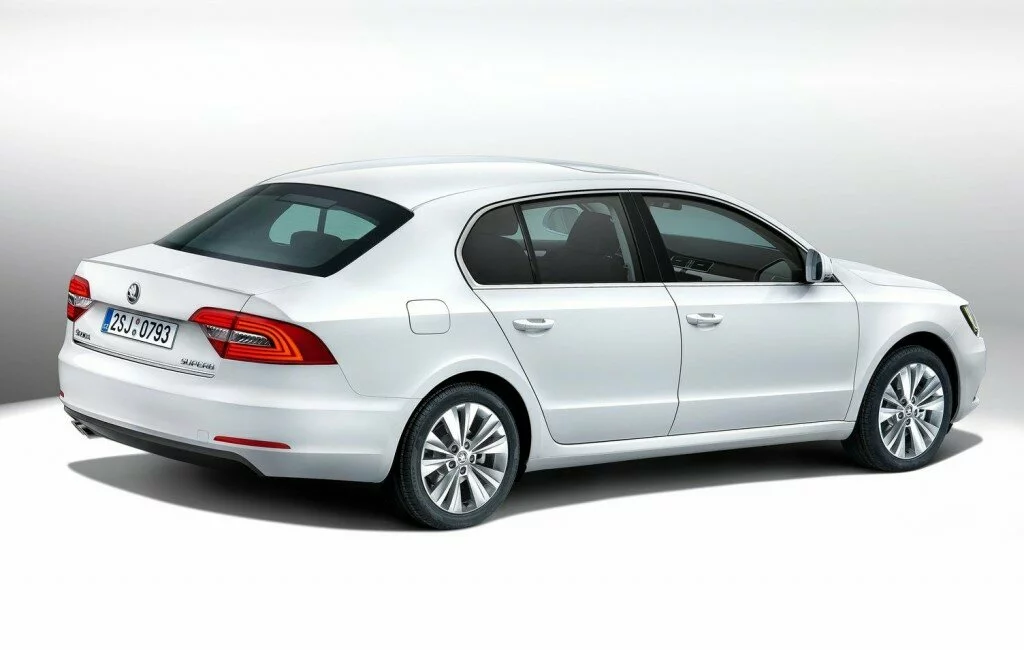Japanese auto leader Toyota’s Indian presence, Toyota Kirloskar Motor Private Limited (TKM) has announced that the company will cease the production of small cars for the Indian car market. This crucial announcement came from the TKM vice chairman, Vikram Kirloskar in Mumbai. The company announcement also made it evident that the company will be shifting its focus on the bigger car models in the Indian market.
According to the reports, the small car segment in India accounts for about 50 percent of the total new cars sold in the country. The Indian small car market is however dominated by the car models from only a few manufacturers such as the Indian car market leader Maruti Suzuki and the second leading manufacture, Hyundai Motor. The car models that cost less than the price bracket of Rs.4 lakh include the very successful models such as the Maruti Alto, Maruti WagonR, Hyundai Eon and Hyundai i10.
Toyota decision to no longer continue producing small cars in India is because of the change in the car maker’s game plan as Kirloskar says. Toyota’s Indian presence is a joint venture with the Kirloskar group. At present, the cheapest car model that Toyota offers in the Indian car market is the compact Liva Hatchback that is priced at Rs.4.80 lakhs. Kirloskar revealed that the company was not able to break the cost barrier in the Indian small car segment and further said that the Indian mass market is really not for Toyota. Kirloskar also said that Toyota’s game will be in the bigger car segments of India in which the Corolla and the Innova belong. He added that the company diligently tried to break the cost barrier to make it big in the small car segment but was unable to do so.
A market analyst said that this is really a huge announcement from TKM’s side, which also reveals their market strategy in new future. It will be focusing on a market it is used to and is also focusing on larger margins. However, some can raise questions on the company giving up too soon on India’s major small car segment.
It is pretty apparent that by focusing on only the bigger car models, Toyota is hoping to get more profit margins. Kirloskar has also made it clear that TKM has choked out its new strategy for India and is also planning to launch a significant number of new models very soon. Kirloskar said that Toyota will be bouncing back soon with a lot of new models in the pipeline.
The intention of higher profit margins of the company is very evident, as this announcement came right after Toyota’s market share in India declined. Toyota’s Japanese rival Honda Cars India has grown massively with its Amaze and the City, while TKM’s sales suffered a plummet of 22.2 percent.
Toyota India is soon to release two new models in the form of the Etios Cross and the Corolla Altis.



